The hairs on your arms are among the 5 million that grow on your head and body. It is shorter and thinner than hair on the head and in other areas of the body, such as the underarms. Both men and women have arm hair. Your arm hair can serve as a sensory receptor, alerting you to wind, that you are brushing close to something, or that bug is about to land on your arm, according to the U.S. Department of Energy’s office of Science Education.
Hair Structure
Whether on the head, arms or back, hair in general has two basic structures. These are the follicle, which is in the skin, and the shaft, which is visible above the skin, according to the American Hair Loss Association. The hair follicle has many layers, and they all have different functions. The papilla is at the follicle’s base. It has tiny blood vessels that serve to nourish hair cells. Hair’s living portion, called the bulb, is at the follicle’s base. The base surrounds the papilla at the bottom. Cells in the bulb divide every 23 to 72 hours. An inner and an outer sheath surround the hair follicle. The sheaths form and protect a person’s growing hair shafts. The inner sheaths run all the way down to the opening of skin’s sebaceous, or oil, glands. The oil gland conditions your hair and skin.
Hair Growth
Hair has a growth phase, meaning a follicle produces new cells for period of time. It then enters a rest phase in which the hair falls out. Hair cells on the arms will stop growing, or go into the rest phase, every couple of months. That’s why the hair on the arms does not grow as long as the hair on your head, which has a longer growth cycle of two to six years.
Velus Hair
There are two types of hair on the body. The arm hair is called vellus hair. This type of hair is short, soft and fine. Vellus hair can be darker on some people, especially those who have darker complexions. The vellus hair on your arms and elsewhere on the body helps your body maintain a steady temperature because it provides a little bit of insulation, according to KidsHealth.org.
Puberty
The hair on a person’s arms will change during puberty, according to PBSKids.org. It will get thicker and more noticeable. Arm hair often will mimic the color of hair on a person’s head--but not always. “Mismatched” hair is still normal. The pigment called melanin that determines skin color also determines arm hair color. After puberty, the body will produce more sebum. This again changes with age, as the body produces less as years advance, especially in women.
History
The goosebumps on your arms are caused by muscles attached to your hair follicles that pull them upright. These temporary bumps pop up when you are startled or chilled, according to Discovery.com. In animals, goosebumps are meant to fluff feathers or fur to trap air and warmth. They also make the animal look more intimidating. Scientists do not know why people have retained arm their seemingly useless arm hair. Body hair is among the “useless” or “nearly useless” human traits identified by Charles Darwin in “The Descent of Man.” Such traits, he theorized, are not subject to natural selection anymore. However, more than a century after Darwin, scientists still are unable to explain why some traits that seem to have outlived their usefulness remain in humans, including arm hair and wisdom teeth, according to "Discover" magazine. Scientists also disagree as to the origin of body hair on humans.
Removal
People who dislike their arm hair have many options for removing it, according to KidsHealth.org. Shaving lasts one to three days. Delapatories can last several days up to two weeks. A dilapatory reacts with the hair’s protein structure, causing it to dissolve. Waxing, in which wax is applied to an area and pulled off, taking hair with it, can last three to six weeks. Electrolysis uses an electric current to kill the hair root. It is supposed to be permanent, but some people do regrow their hair. Laser hair removal also stops hair growth, but can be costly and cause inflammation or redness.
Related Articles

Stages of Underarm Hair
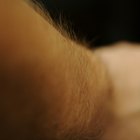
Facts About Hairy Men

How to Read a Man's Facial Expressions
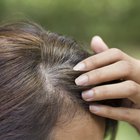
What is Hair Composed of?

How Are Hair Colors Inherited?

What Are the Dangers of Men's Brazilian ...

How Does Facial Hair Grow Get Lighter ...
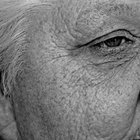
Facts on Natural Hair Changing Color

How Long Does Tweezing Last?

Why Do Men Lose the Hair on Their Legs ...

How Long Does It Take to Grow Back ...

Why Do Men Grow Hair on Their Back?
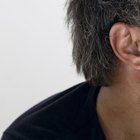
How to Stop Hair Growth on Earlobes
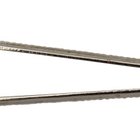
How to Remove Hair Follicles to Prevent ...

French Braids History
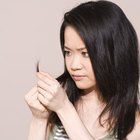
Dominant & Recessive Hair Colors
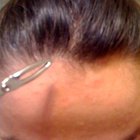
How to Tweeze Hair on Your Head

What Are the Causes of Graying Hair?

Does Tweezing Your Upper Lip Make Your ...
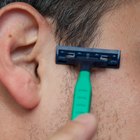
How to Remove Hair on the Side of My ...
References
Writer Bio
Linda Tarr Kent is a reporter and editor with more than 20 years experience at Gannett Company Inc., The McClatchy Company, Sound Publishing Inc., Mach Publishing, MomFit The Movement and other companies. Her area of expertise is health and fitness. She is a Bosu fitness and stand-up paddle surfing instructor. Kent holds a bachelor's degree in journalism from Washington State University.